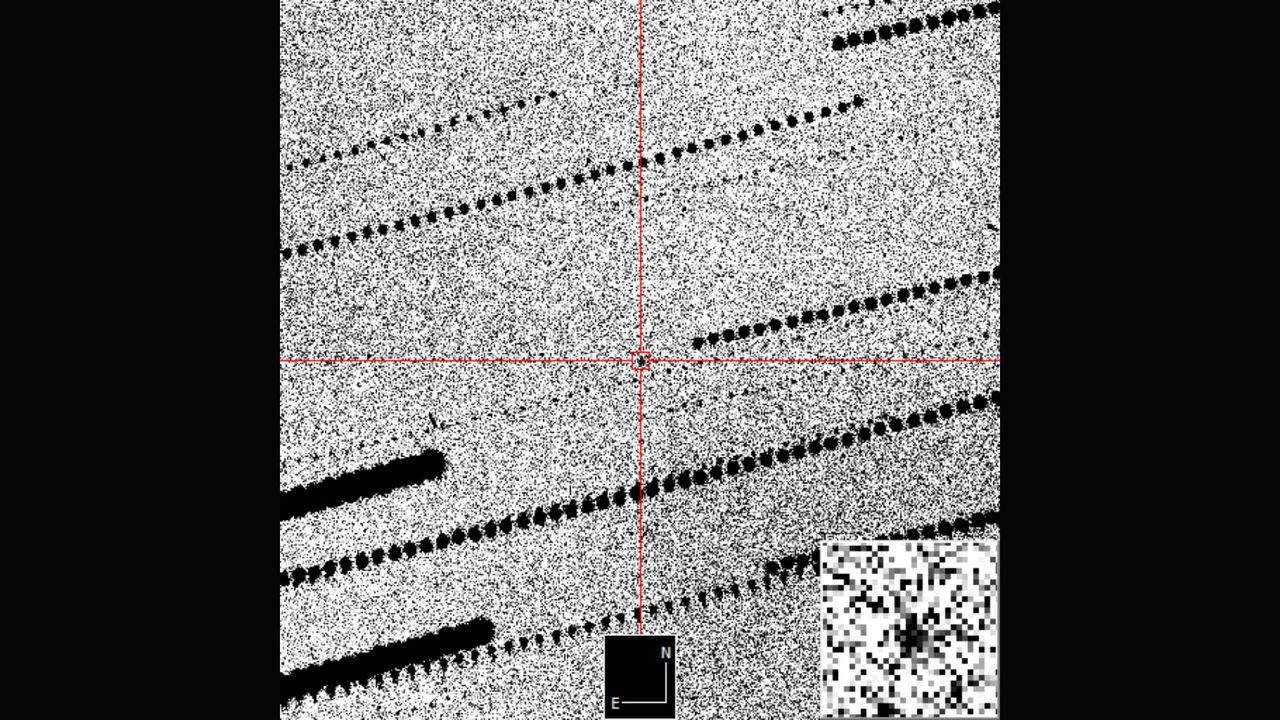On October 1, 2025, the small asteroid known as 2025 TF passed remarkably close to Earth, flying by at a distance of just 266 miles (approximately 428 kilometers) from our planet. This is similar to the altitude of the International Space Station, making this event significant for astronomers and space enthusiasts alike. For a brief moment, 2025 TF came closer than many functioning satellites.
Understanding Asteroid 2025 TF
Asteroid 2025 TF is classified as a near-Earth object, measuring between 3 to 6 feet (or 1 to 3 meters) in width. Its designation as a near-Earth asteroid indicates that it orbits within 1.3 astronomical units of the Sun, which can bring it into proximity with Earth’s orbit. While many near-Earth asteroids can be significantly larger—some reaching up to a couple of miles in diameter—most pose little immediate threat to our planet.
Smaller asteroids like 2025 TF typically disintegrate in Earth’s atmosphere or scatter harmlessly as meteorites. In contrast, larger asteroids can lead to catastrophic events, such as the impact that is believed to have contributed to the extinction of the dinosaurs millions of years ago.
Astronomical Observations and Discoveries
The image capturing 2025 TF was taken by the Las Cumbres Observatory telescope located in Siding Spring, Australia, as reported by the European Space Agency. The initial detection of the asteroid was credited to the Catalina Sky Survey, based in Arizona and operated by the University of Arizona. This detection occurred only hours after the asteroid had passed by Earth.
Following its discovery, the European Space Agency’s Planetary Defense Office quickly coordinated efforts to track the asteroid. Utilizing telescopes within the Las Cumbres Observatory network, astronomers successfully observed and calculated the trajectory of 2025 TF. Tracking an object of this size, with its position initially uncertain, is a challenging task that underscores the importance of ongoing monitoring of near-Earth objects.
The flyby of 2025 TF serves as a reminder of the dynamic nature of our solar system. Although it passed unnoticed by the majority of the world’s population, it highlights the crucial work undertaken by astronomers to monitor the skies. Ensuring that future celestial visitors do not take us by surprise remains a vital aspect of planetary defense initiatives.
For more information about near-Earth asteroids and the efforts being made to track and study them, interested readers can explore various resources detailing current planetary defense initiatives.





































































